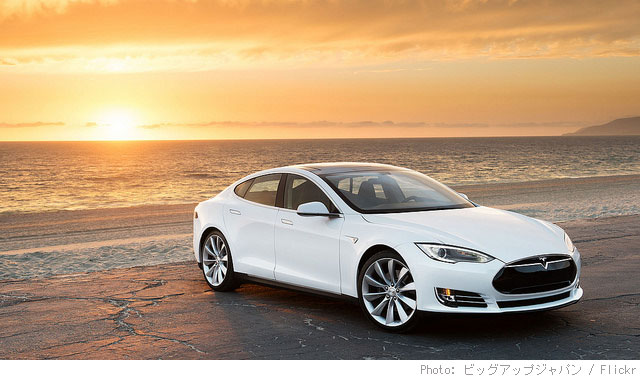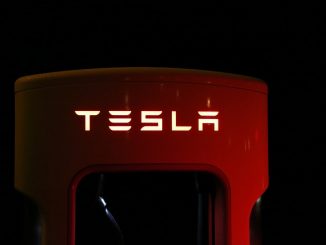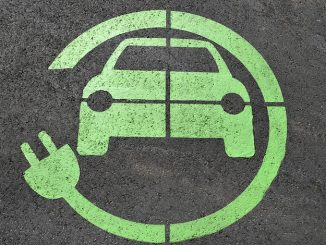Tesla Motors Inc (NASDAQ:TSLA) recently unveiled new versions of its Model S and Model X last Tuesday to the delight of fans. Both vehicles feature faster acceleration and a larger, more powerful battery. The automaker’s Model S P100D with speed option upgrade – called Ludicrous mode – offers an improved range of 315 miles while the updated Model X P100D offers an improved range of 289 miles.
Tesla also says that at full throttle, the updated car models can go from 0 to 60 in just 2.5 seconds. The only caveat? The eye-watering price tag.
The refreshed Model S P100D retails at $134,500 for the base model while the Model X 100D’s price starts at $135,500. Owners of the earlier models have the chance to get an upgrade for $20,000 while those who have a vehicle on order will pay $10,000. According to a Kelley Blue Book analyst, the hefty price tag is likely to turn existing customers off.
Karl Brauer, the senior editor at Kelley Blue Book, said that the $20,000 price tag for the upgrade could cover the cost of a new car in the US. Kelley Blue Book is a leading vehicle evaluation and automotive research company in the country.
“It’s an impressive acceleration and range number [but] it doesn’t apply to most Americans out there,” Brauer said, adding that there were many cars available in the $20,000-$25,000 price range.
According to Tesla CEO Elon Musk, the company is now gearing up for the production of the new batteries, expecting orders to reach 200 packs a week. In a blog post, the automaker acknowledged that the upgrade is indeed expensive but it would “help pay for the smaller and much more affordable Tesla Model 3 that’s in development.”
“This isn’t going to be big shift in sales but huge additional increase in productivity capability,” Brauer told CNBC’s “Squawk Box”.
“If [Musk] thinks he can sell incrementally more cars with incrementally better range and power, then that’s an incremental improvement for the company,” he added. “I think Tesla needs more than an incremental improvement these days.”
Instead of offering new batteries at atrocious prices, Brauer said Tesla should’ve offered a volume vehicle – much like the Model 3 – at a more affordable price and offer improved battery packs in order to appeal to a wider range of buyers.
“If he can improve these energy densities and further range into that car, that’s where we’ll see a real benefit,” he added.
The analyst was also skeptical over Tesla’s May announcement of its new target of building half a million vehicles per year by 2018.
“It’s really hard to conceive them hitting those kinds of numbers in that kind of time frame…It’s unprecedented even by modern standards and Elon’s aspirations,” said Brauer, who added that the automaker was more likely going to hit a production of “a few hundred thousand” by 2018.
- Bulenox: Get 45% to 91% OFF ... Use Discount Code: UNO
- Risk Our Money Not Yours | Get 50% to 90% OFF ... Use Discount Code: MMBVBKSM
Disclaimer: This page contains affiliate links. If you choose to make a purchase after clicking a link, we may receive a commission at no additional cost to you. Thank you for your support!





Leave a Reply